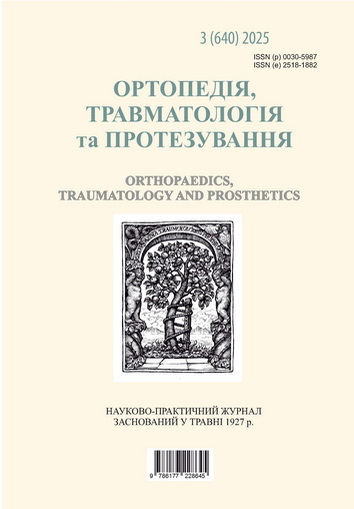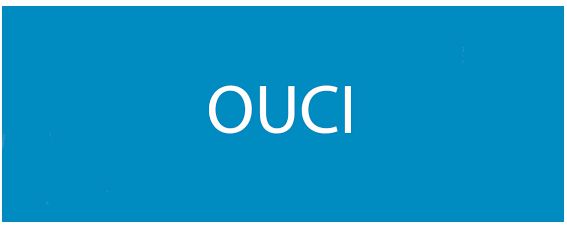ANALYSIS OF THE STRESS-DEFORMED STATE OF THE FEMUR WITH GUNSHOT FRACTURE WITH VARIOUS METHODS OF ITS FIXATION
DOI:
https://doi.org/10.15674/0030-5987202535-11Keywords:
Gunshot femoral fracture, stressstrain state, simulationAbstract
The standard method for stabilizing diaphyseal gunshot fractures of the femur (GFF) is external fixation using a rod apparatus (ex-fix). Objective. To perform a comparative analysis of the biomechanical effectiveness between conventional ex-fix fixation and a modified «ex-fix + intramedullary spacer» design by assessing the stress-strain state of the femur with a midshaft gunshot fracture. Methods. A finite element model of a midshaft femoral gunshot fracture was developed. Two fixation scenarios were simulated: standard rod-based ex-fix, and a combined system using an intramedullary spacer and an ex-fix rod apparatus. Displacement, stress, strain and safety factor were chosen as the effects studied. Results. Conventional fixation resulted in significant stress concentrations at the fracture site (62.4 MPa) and high deformation levels (215.9), exceeding the strength threshold of cortical bone. This may lead to fragment instability and femoral axis misalignment. Rod exit points showed deformation (121,1), contributing to loosening, inflammation in adjacent soft tissues, and overall instability of the fixation system. In contrast, the addition of an intramedullary spacer redistributed stress more evenly, reduced the mechanical load on bone tissue, and improved structural integrity. The combined «spacer + ex-fix» configuration demonstrated superior performance in minimizing deformation and fragment displacement. Conclusions. Finite element modeling confirmed that the «bone + ex-fix + spacer» system outperforms the traditional «bone + ex-fix» configuration in key parameters: displacement, stress, deformation, and safety margin.
Downloads
How to Cite
Issue
Section
License
Copyright (c) 2025 Igor Lurin, Olexandr Burianov, Yurii Yarmolyuk, Bohdan Matviichuk

This work is licensed under a Creative Commons Attribution 4.0 International License.
The authors retain the right of authorship of their manuscript and pass the journal the right of the first publication of this article, which automatically become available from the date of publication under the terms of Creative Commons Attribution License, which allows others to freely distribute the published manuscript with mandatory linking to authors of the original research and the first publication of this one in this journal.
Authors have the right to enter into a separate supplemental agreement on the additional non-exclusive distribution of manuscript in the form in which it was published by the journal (i.e. to put work in electronic storage of an institution or publish as a part of the book) while maintaining the reference to the first publication of the manuscript in this journal.
The editorial policy of the journal allows authors and encourages manuscript accommodation online (i.e. in storage of an institution or on the personal websites) as before submission of the manuscript to the editorial office, and during its editorial processing because it contributes to productive scientific discussion and positively affects the efficiency and dynamics of the published manuscript citation (see The Effect of Open Access).














